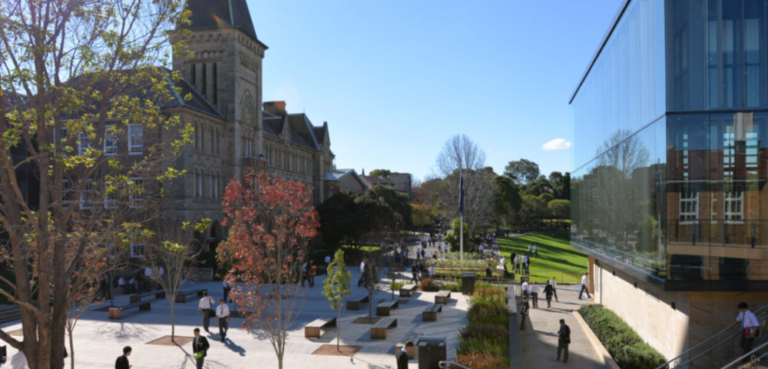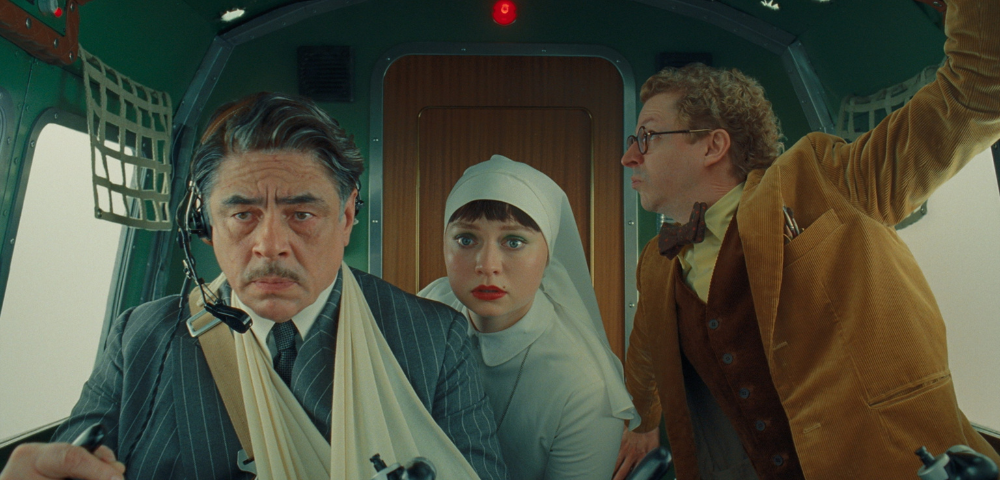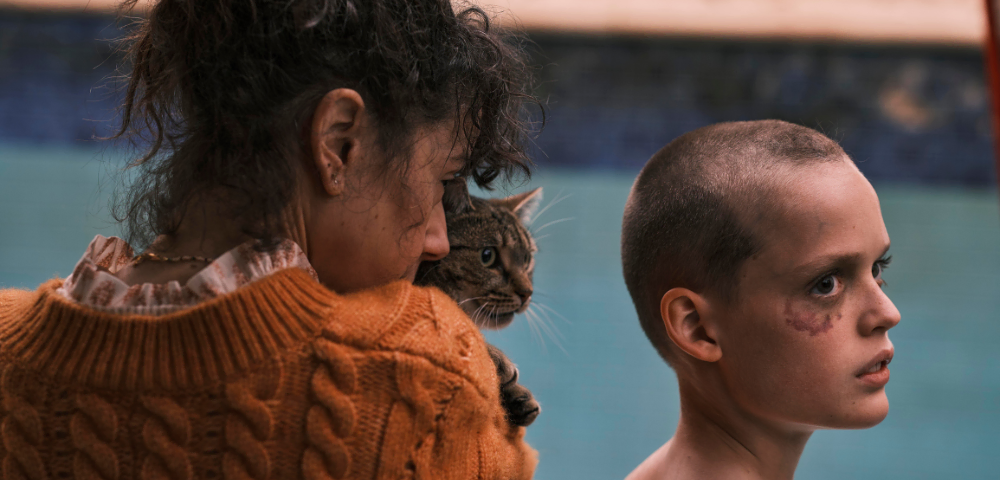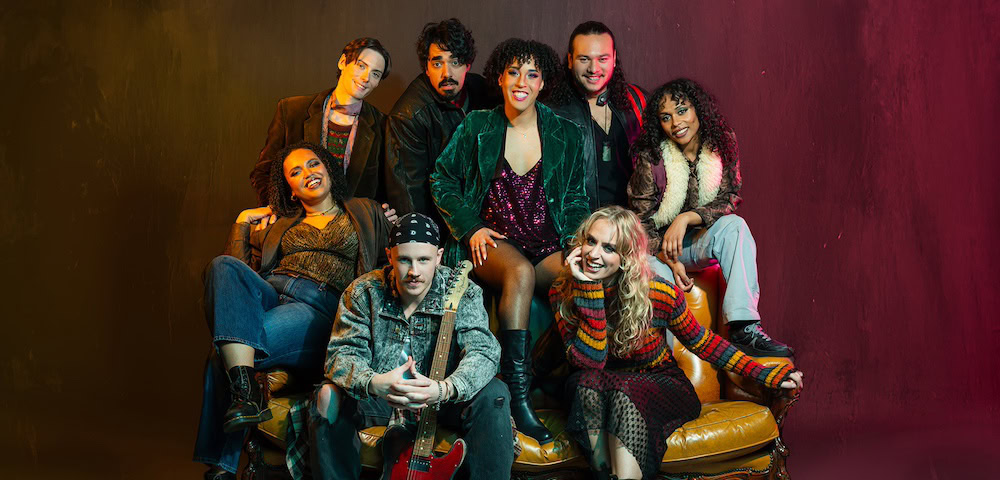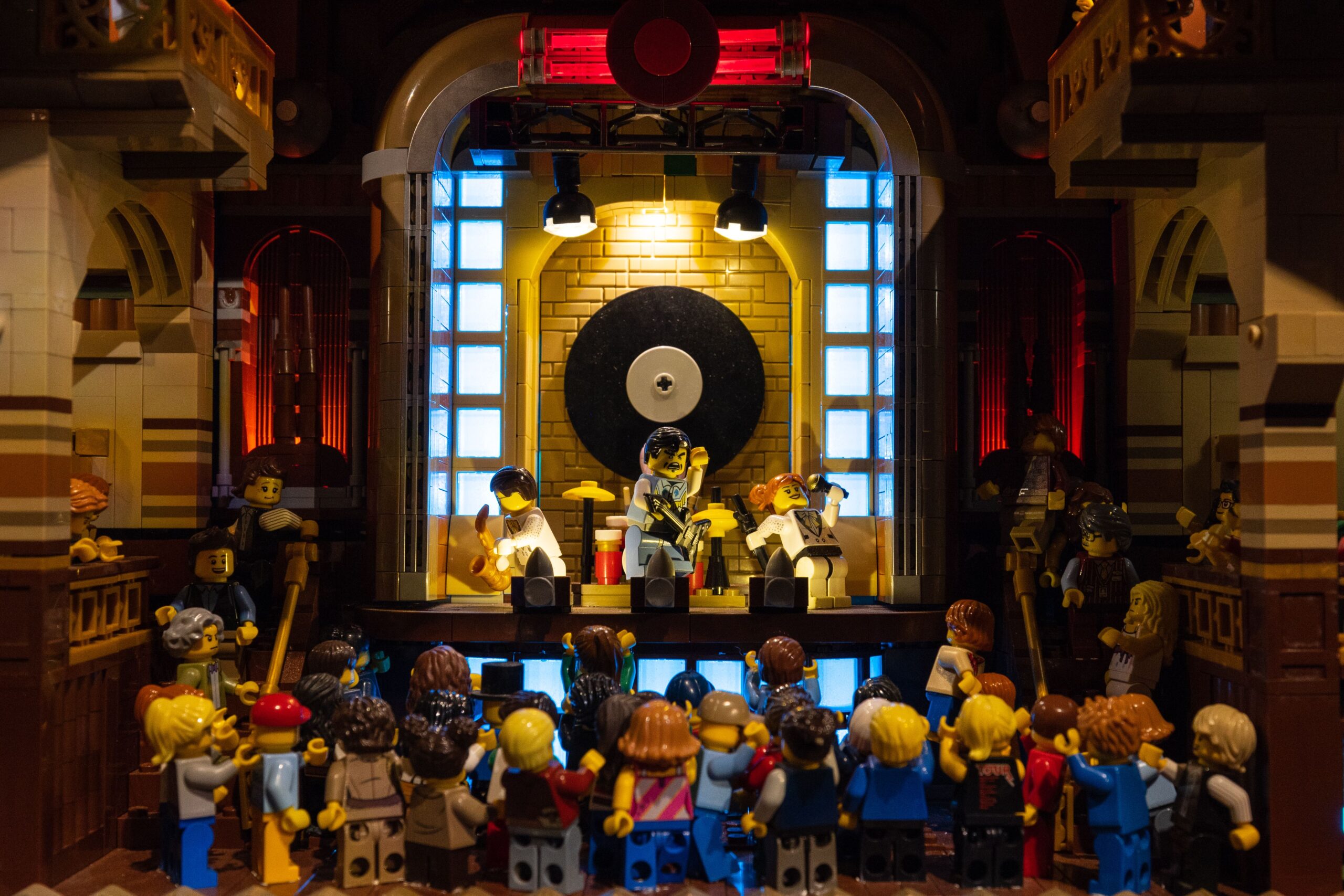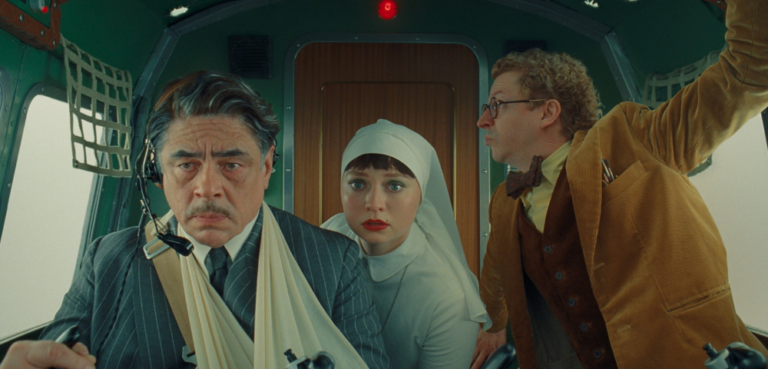
Redback Graphix: icons of icons
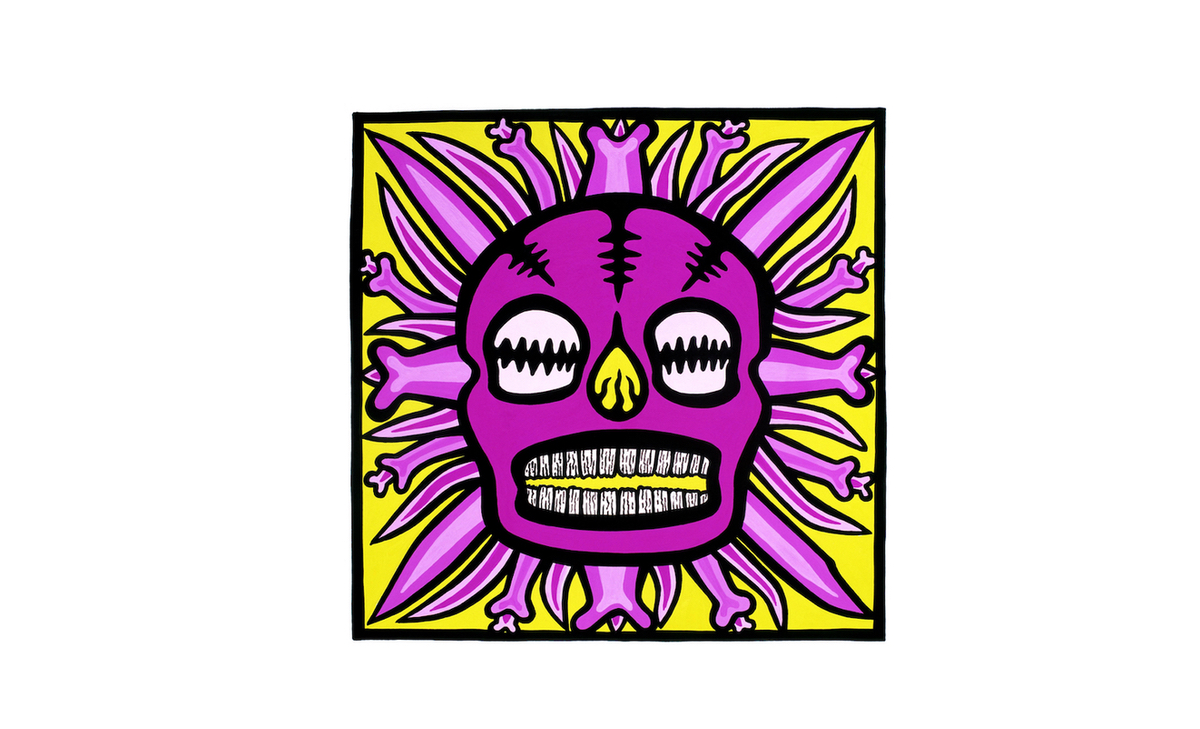
This weekend, an era of inner-Sydney art will come to an end when Redback Graphix holds a retrospective of co-founder Michael Callaghan’s work to mark the closure of the gallery ahead of the the building’s sale.
For around 40 years, the Young Street building in Annandale has been home to one of Sydney’s most vibrant and incisively political screen printing and printing businesses that defined a period in Australian politics and somehow went on to survive it.
Callaghan died in 2012, and his wife and executor Bronwyn Barwell sees the weekend’s viewings of 30 works as a great way to acknowledge not only her late husband, but also the many artists who had gone through Redback.
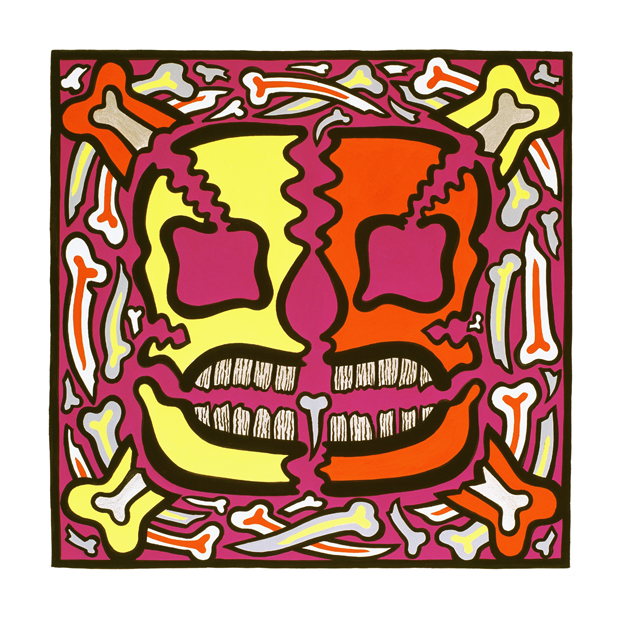
“It’s a celebration of the building’s history and Redback Graphix’s most productive period,” Bronwyn Barwell said.
“After the show, the works will go back to the archive, and, long term, I have been negotiating with one of the major galleries to take the core of the collection — and there is a bequeathment in my will to the National Art School.”
Redback Graphix grew out of the Earthworks collective working out of Sydney University Tin Sheds, with their approach to their work being informed by a “uniquely local vernacular, a distinctly Sydney brand of rudeness”.
Many will remember their biting “Give Fraser the Razor” poster which adorned many walls, shop windows and hoardings around Sydney at the time.
Earthworks closed in 1979 and two years later Redback Graphix came into life, with Michael Callaghan, Leonie Lane, Alison Adler and Gregor Cullen at its core.
Practicing screen printer and academic, Alison Adler, remembers a vibrant time when she said:
“Redback was a pretty eclectic group pf people and lots of people came and went, with a solid core of people who were working across all sorts of disciplines with broad networking with First Nations organisations, housing organisations and unions.
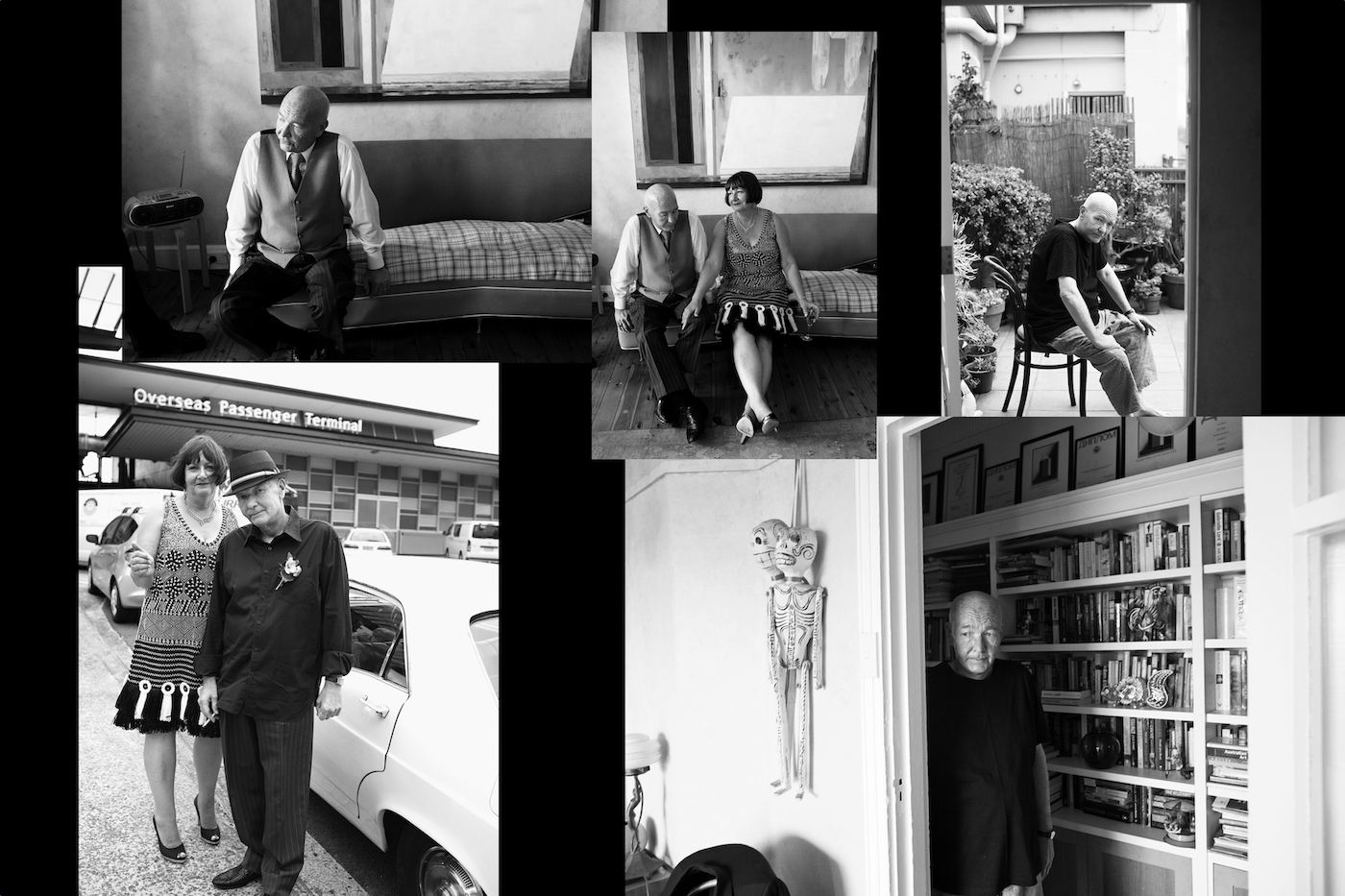
“We only wanted to make work that we thought was relevant to make.”
Barwell, who was not a Redback member, reflects on the work and the political and social climate in which it was created.
“It was a political poster group, but it also shows what can happen when the arts is supported by the government,” Barwell said.
“A lot of the early work was commissioned by the Electoral Commission and the Department of Health and they were actively trying to engage the community rather than limit the community.”
Artist Marie McMahon first met Callaghan at art school and later at the Earthworks collective before moving to the Tiwi Islands in the early ‘80s, where she worked with fabric printing workshops Bima Wear and Tiwi Designs before returning to Sydney.
“I started working at Redback in 1988 and I already had a lot of experience working in Aboriginal communities, and that is why I was seconded to work on the Beat the Grog campaign,” McMahon said.
“There were some Electoral Commission posters that were targeted at Aboriginal and Islander communities and a lot of other community service posters.”
McMahon’s work is now held in the MCA, National Gallery of Australia and numerous state galleries and private collections.
Redback took the craft of poster art to the next level from the early Tin Sheds days, introducing eye popping fluorescent colours along with fine cut graphics and witty and satirical comment.

“We are talking real craftsmanship, here, but in particularly the Earthworks period. All the inks were so toxic they don’t exist anymore because they were carcinogenic,” Barwell said.
“The early Redback posters were done with hand-cut stencils and the majority of the Redback posters were screen prints.
“They could never be reproduced as offset pieces.”
Even though Redback was a partnership with many employees over the years, it is really Callaghan who was its driving force and now, its absent curator.
“Michael was a squirrel, he kept 20 of every poster he ever printed and copies of all the Redback Graphix posters,” Barwell said.
After the showings this weekend, the majority of Redback Graphix’s work will still be available for sale via their website, which Barwell is maintaining.
Redback Graphix showings
November 17 – 19, 11am – 5pm
2A Young Street, Annandale
redbackgraphix.com.au



